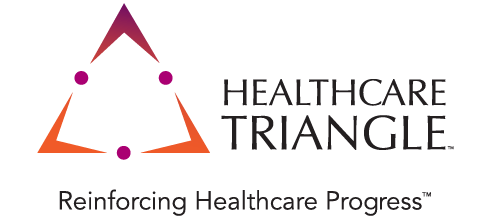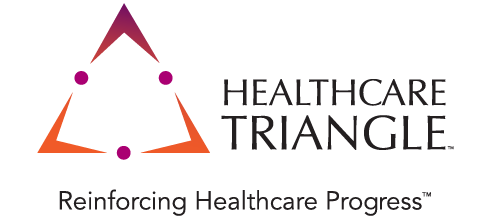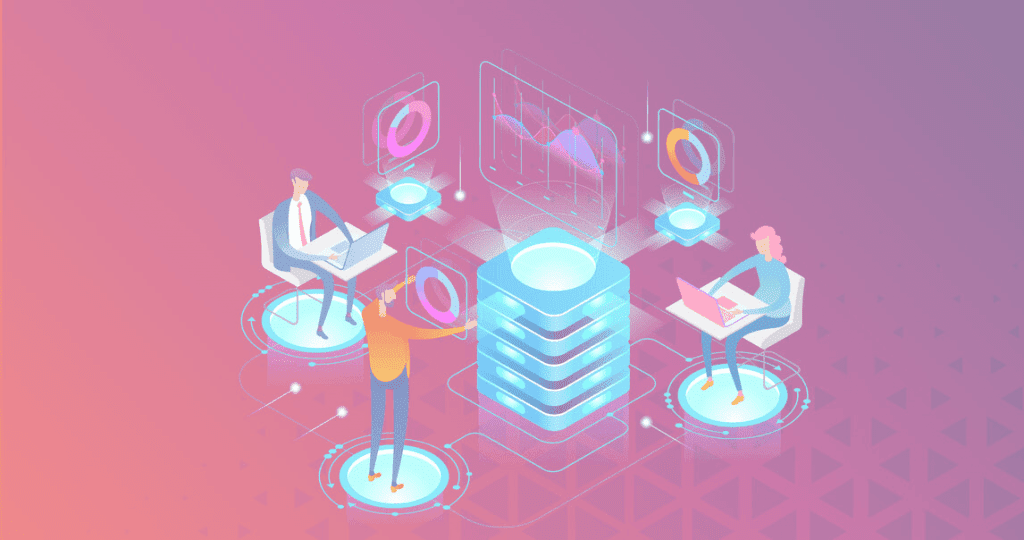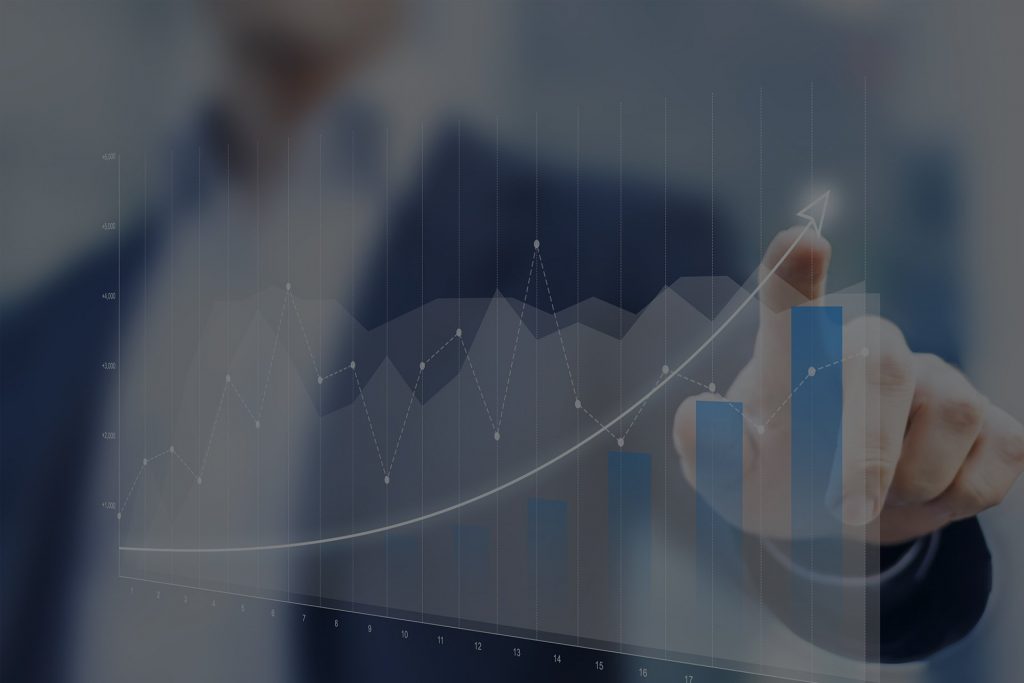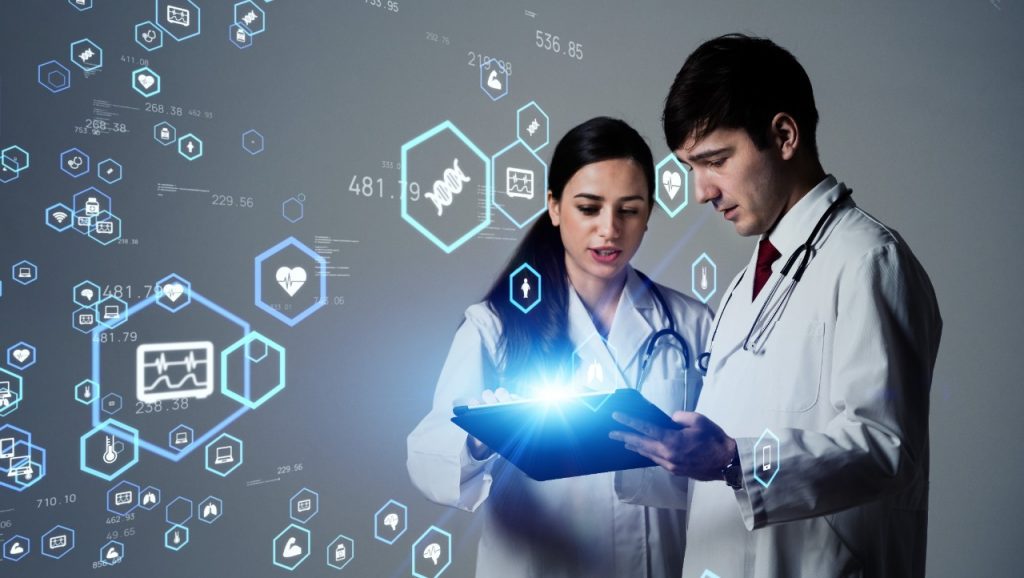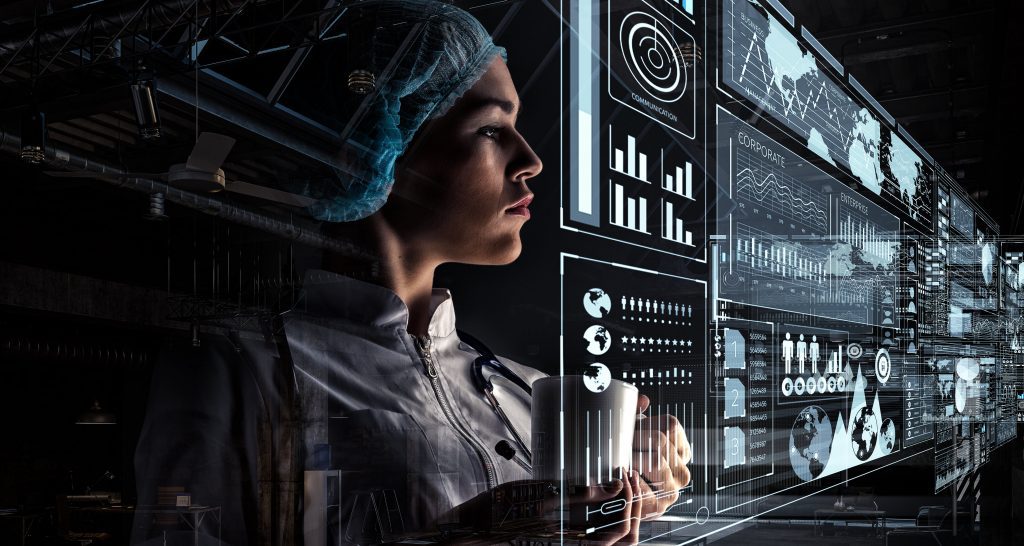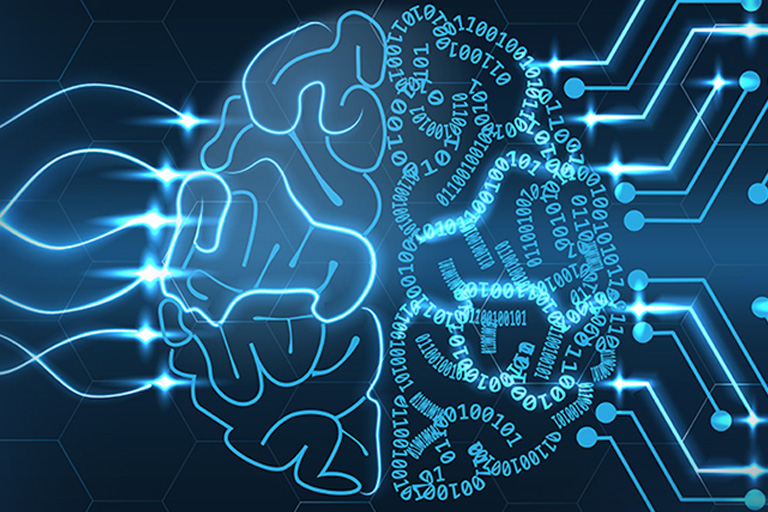Data Analytics and Data Science for LifeSciences in the Cloud
Problem statement for the industry
Pharma companies are pursuing the ultimate moonshot goal of changing the way medicines are developed so the right treatment can be delivered to the right patient at the right time. Thus, enabling the delivery of highly personalized healthcare, which effects the Pharma, Life Science and Healthcare verticals.
